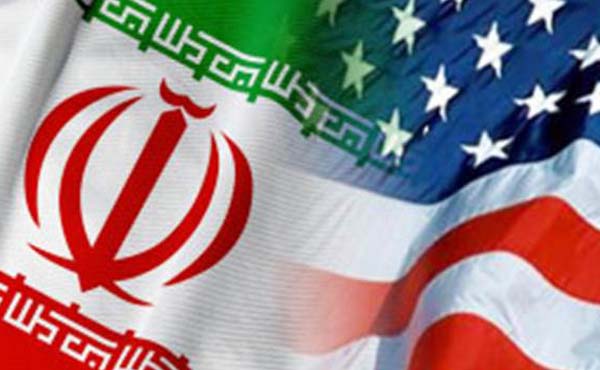Tehran: President Donald Trump last month withdrew the United States from a hard-won accord that it and other world powers signed with Iran in 2015 to control its nuclear programme.
Here are key developments since then.
– Washington quits –
Trump pulls the United States out of the landmark nuclear pact on May 8, reinstating US sanctions on Iran and companies having links and new contracts with the Islamic Republic.
“The Iran deal is defective at its core,” he says in a televised address.
It is a major blow to an agreement reached after two years of negotiations between Iran and Britain, China, France, Germany, Russia and the United States.
The deal had paved the way for painful sanctions on Iran to be lifted in return for guarantees it would not be able to build an atomic bomb.
In withdrawing, the United States also gives foreign firms months to wind down existing operations in Iran.
Tehran’s regional rivals Saudi Arabia and Israel applaud Trump’s decision.
– Trump move under fire –
In swift reactions, Britain, France and Germany say they are “determined” to save the Iran nuclear deal and the economic benefits for Iran.
Trump is “trampling on the norms of international law”, adds Russia.
Iranian President Hassan Rouhani warns Iran could resume uranium enrichment “without limit” if negotiations with Europe, Russia and China on saving the accord do not produce positive results.
On May 9, Iran’s supreme leader Ayatollah Ali Khamenei calls on the European signatories to the deal to give Iran “real guarantees”.
– Israel hits Iran in Syria –
On May 10, Israel carries out deadly strikes against alleged Iranian targets in Syria, where Tehran is helping the government confront a multi-faceted uprising involving rebels and jihadists.
It is a dramatic escalation of tensions in the region.
Israel says the raids were in response to Iranian missiles fired at its forces in the Israeli-occupied Golan Heights.
– Diplomatic marathon –
On May 12, Iran’s Foreign Minister Javad Zarif says that Tehran is preparing to resume “industrial-scale” uranium enrichment “without any restrictions”, unless Europe provides solid guarantees that it could maintain trade ties.
He starts a diplomatic tour the next day to save the accord.
On May 16, the European Union launches work on an economic plan to keep the Iran nuclear deal alive. On May 18, the EU begins moves to block the effect of US sanctions on Iran.
– ‘Strongest sanctions’ –
Washington warns on May 21 that Iran will be hit with the “strongest sanctions in history” unless it abides by stricter nuclear terms.
On May 24, the UN’s nuclear watchdog, the IAEA, says that Iran continues to respect the terms of the 2015 accord.
A day later in Vienna, signatories of the Iran nuclear deal meet without the United States in a bid to save the agreement. Tehran says it wants guarantees by the end of May.
On May 30, the United States places several Iranian state groups on its sanctions blacklist, accusing them of serious human rights abuses and censorship. They include the semi-official paramilitary group Ansar-e-Hezbollah and state television Irib.
– Iran notifies nuclear watchdog –
On June 4, Iran notifies the IAEA that it has launched a plan to increase its uranium enrichment capacity.
Israeli Prime Minister Benjamin Netanyahu embarks on a European tour to seek a tougher line on Iran.
On June 5, Netanyahu charges that the Iranian plan is aimed at producing nuclear weapons to be used against Israel.
Agence France-Presse

